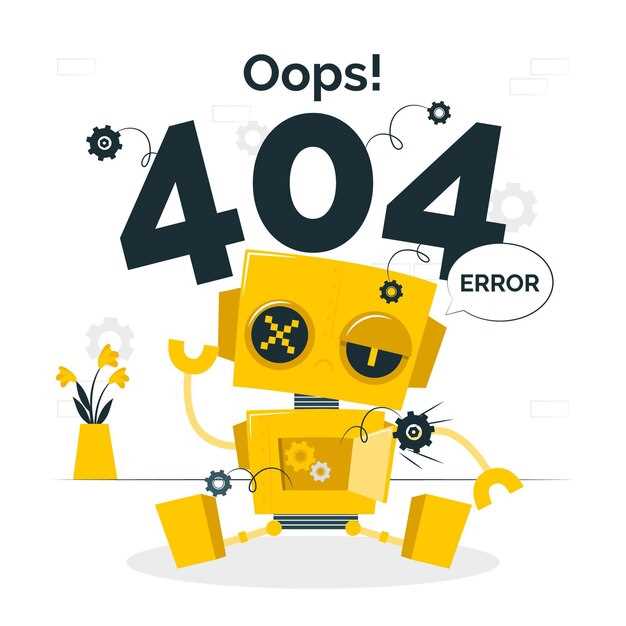
Transmission error codes can be a significant source of concern for vehicle owners, often signaling issues that may impact performance or safety. Understanding these codes is crucial for maintaining the vehicle’s functionality and longevity. This article will delve into common transmission error codes, unravel their meanings, and offer straightforward solutions that can help you address these issues effectively.
Vehicles today are equipped with sophisticated onboard diagnostics (OBD) systems that continuously monitor various components, including the transmission. When a malfunction occurs, the system generates error codes that can be retrieved using an OBD-II scanner. Recognizing these codes is the first step in diagnosing and resolving transmission problems. However, navigating the complexities of transmission issues may seem daunting, especially for those unfamiliar with automotive repair.
In this guide, we will explore the most prevalent transmission error codes and provide practical, easy-to-follow solutions that do not require extensive mechanical knowledge. Whether you are a seasoned DIY enthusiast or a novice car owner, these insights will empower you to tackle transmission-related challenges with confidence. From simple checks to more intricate procedures, we aim to make the process as accessible as possible.
Identifying Common Transmission Error Codes and Their Meanings
Transmission error codes are crucial indicators of vehicle health, providing insights into potential issues within the transmission system. These codes typically begin with the letter “P” followed by four digits. Understanding these codes can assist in diagnosing problems and facilitating repairs. Here are some of the most common transmission error codes and their meanings:
P0700: This code indicates a general transmission fault. It often serves as a warning signal that there are issues detected by the Transmission Control Module (TCM). Further diagnostic codes need to be checked for specific issues.
P0740: This code refers to a problem with the torque converter clutch circuit. It signifies that the transmission is not engaging correctly, leading to inefficient engine performance and reduced fuel economy.
P0750: This error code indicates an issue with the shift solenoid “A.” It may cause the vehicle to experience shifting problems, leading to rough or delayed gear changes.
P0760: This code points to a malfunction in the shift solenoid “B.” Similar to P0750, it can also result in poor shifting behavior and negatively impact overall drivability.
P0730: This code suggests an incorrect gear ratio. It indicates that the actual gear ratio does not match the expected ratio, which can be caused by several factors, including low fluid levels or mechanical issues within the transmission.
P0755: This code signifies a fault in the shift solenoid “B” circuit. The vehicle may experience erratic shifts or remain stuck in a certain gear, affecting performance and control.
P0800: This code appears when there is an issue with the transmission control system. It may involve multiple components and requires thorough diagnostics to pinpoint the exact problem.
Understanding these common transmission error codes is vital for promptly addressing issues as they arise. Timely repairs can prevent further damage and ensure the longevity of the vehicle’s transmission system.
Step-by-Step Troubleshooting Guide for Transmission Issues

Identifying and resolving transmission issues can be challenging. Follow this structured troubleshooting guide to diagnose and fix your transmission problems effectively.
Step 1: Gather Information
Before inspecting your vehicle, gather details about the symptoms. Note any unusual noises, slipping gears, or warning lights on the dashboard. Document when the problems occur–such as during acceleration or shifting–and whether they are consistent or intermittent.
Step 2: Check Fluid Levels and Condition
Transmission fluid plays a critical role in performance. Check the fluid level using the dipstick located under the hood. If low, top it up with the manufacturer-recommended fluid. Additionally, examine the fluid’s color and smell. Healthy fluid should be red and smell slightly sweet. Dark, burnt, or gritty fluid indicates potential problems.
Step 3: Inspect for Leaks
Look for fluid leaks underneath the vehicle. Transmission fluid has a distinctive red color. If you notice leaks, locate their source. Common leak points include seals and gaskets that may need replacement to prevent fluid loss.
Step 4: Examine the Transmission Filter
A clogged transmission filter can affect fluid flow. If your vehicle has a replaceable filter, consider changing it. Follow the manufacturer’s guidelines for access and replacement procedures to ensure correct installation.
Step 5: Check for Diagnostic Trouble Codes (DTCs)
Use an OBD-II scanner to retrieve any stored DTCs. These codes provide insights into specific issues affecting the transmission. Cross-reference the codes with the vehicle service manual for accurate interpretation.
Step 6: Inspect Electrical Connections
Modern transmissions rely on electro-mechanical systems. Check all electrical connections related to the transmission for loose wires or corrosion. Ensure the transmission control module (TCM) is functioning correctly, as faults here can lead to performance issues.
Step 7: Test Drive and Monitor Behavior
After addressing initial checks, take the vehicle for a test drive. Pay attention to how the transmission behaves during acceleration, deceleration, and shifting. Listen for any unusual sounds and make notes of any continued issues for further investigation.
Step 8: Consult a Professional Mechanic
If issues persist after following these steps, it’s prudent to seek professional help. A qualified mechanic can conduct more thorough diagnostics using specialized equipment and expertise to identify complex transmission problems.
Cost-Effective Repairs and When to Seek Professional Help

Addressing transmission error codes can be a daunting task for many vehicle owners. However, understanding when to opt for cost-effective repairs and when to seek professional assistance can save both time and money.
Many minor transmission issues can be resolved with simple, cost-effective repairs. For example, checking and replacing transmission fluid is an essential first step. Low or contaminated fluid can lead to various error codes. Regular maintenance, including fluid changes, can prevent larger problems down the line.
Inspecting wiring and connections is another straightforward solution. Damaged or loose wires can trigger error codes without indicating significant mechanical issues. A visual inspection and minor repairs can often resolve these problems without the need for professional service.
If dashboard warning lights are illuminated due to a faulty sensor rather than an actual transmission failure, replacing these sensors can be a quick and affordable fix. In many instances, this can help reset the error codes and restore normal function.
However, there are circumstances where professional help is necessary. If your vehicle experiences noticeable performance issues, such as slipping gears or unusual noises, it is crucial to consult a qualified technician. Such symptoms may indicate serious problems that require advanced diagnostic tools and expert knowledge to address properly.
Seeking help is also advisable if you are unable to identify the root cause of the error codes. Professionals have the experience and equipment to diagnose complex transmission issues that may not be immediately apparent. Attempting to repair these without adequate knowledge can result in further damage.
Ultimately, while cost-effective repairs can resolve minor issues, understanding your limits and recognizing when to seek professional assistance is essential for effective vehicle maintenance. Timely intervention by a skilled technician can save you from costly repairs and ensure your transmission operates efficiently.




